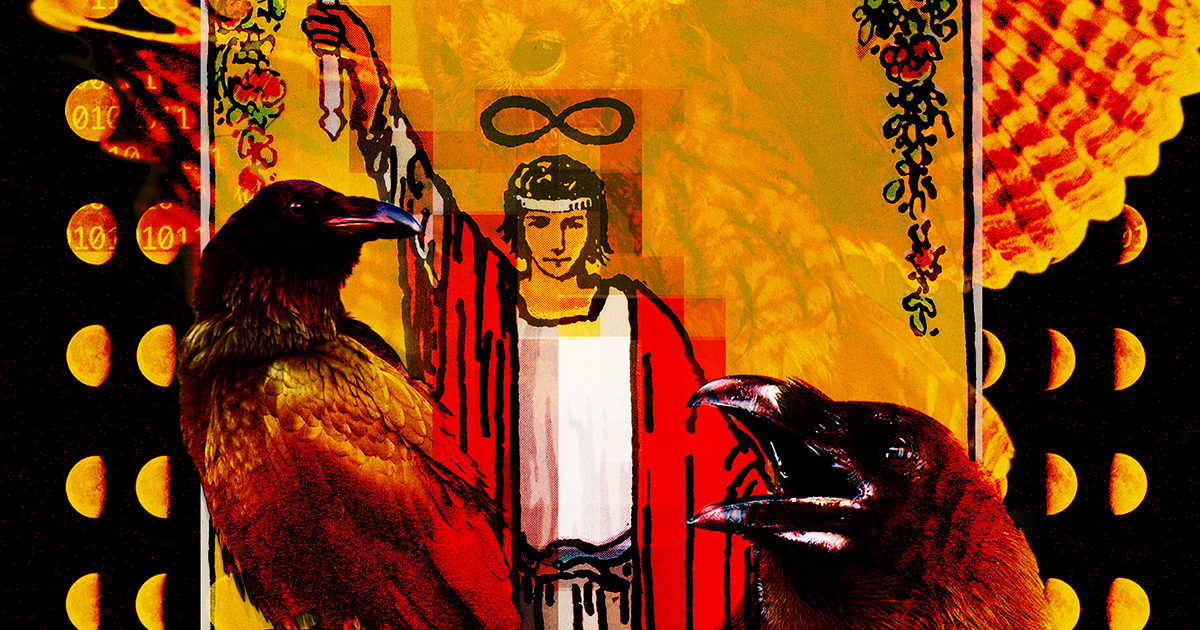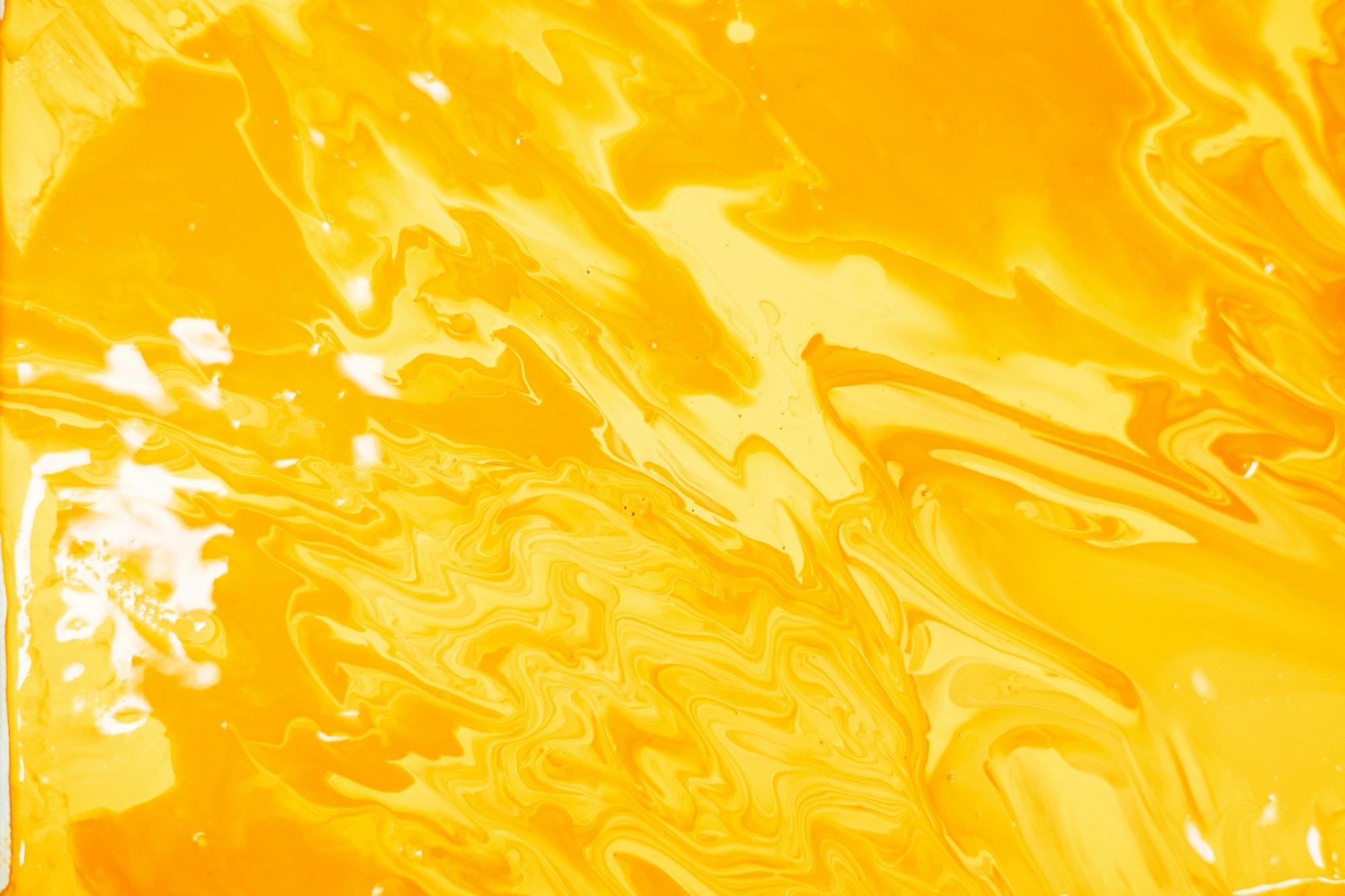How a Talisman Works
All forms of magic have this in common: they try to manipulate the spiritual to direct the material.

An Introduction to Basic Principles of Magic.
Do you want to live a long life? Make the image of Saturn on a sapphire. Or maybe make an image of Jupiter on a white, clear stone. You'll be in adult diapers the longest.
Do you need to cure an illness? Carve the image of a king on a throne, in a yellow garment, next to a crow, sitting in front of the sun. That'll do the trick.
Have a fever? Carve in marble the image of Mercury, with helmet and eagle's feet, sitting on a throne, holding a rooster in his left hand. That'll break it.
Those are examples of talismans: the art of introducing spirit into material objects. By following the property techniques, you can guide a spirit into an object then carry it around with you to overcome earthly adversity, change an earthly condition, or obtain an earthly advantage. The type of earthly affair capable of being altered by the object that has received the spirit depends on the sphere of power property to that spirit.
Perhaps the most influential book about making talismans: The Arabic Picatrix, which described in great detail the craft of making images of the “stars inscribed on the correct materials, at the right times, in the right frame of mind” to cure toothaches, aid business ventures, and overcome rivals. Frances Yates, Giordano Bruno and the Hermetic Tradition.
The talisman is the perfect example of magic. Scholars don't wholly agree on a precise definition of magic, but in general, it is defined as soliciting or directing the supernatural for purposes of obtaining power over the natural.
A talisman, for example, guides a spirit into an object in order to address an earthly matter. The talisman, in other words, is an object with a supernatural agent that aids its holder in a natural matter.
Because “supernatural” is merely a sub-category of “spiritual,” magic can be more broadly defined as the attempt to harness the spiritual for purposes of directing the material.
All forms of magic have in common the manipulation of the spiritual to direct the material.
In the classic second-century treatise on magic, the Asclepius (often wrongly attributed to the father of magic, Hermes Trismegistus, and given an authorship near 1,000 BC) describes the art of “making gods,” which entails introducing an angel (or demon) into a statue, thereby giving the statue the power of doing good (or evil).
In a more obscure example, a fourteenth-century priest proposed to recover lost treasure by feeding holy bread (dipped in holy water and chrism) to a black cat, shutting it in a cage for three days, then killing the cat, cutting its hide into strips, then making a circle with the strips, then invoking a demon to enter the circle who would be forced to disclose where to find the treasure.
In both of these examples, the spiritual agent is explicit: an angel or demon.
But sometimes the spiritual agent is ill-defined. Astrology solicits vague influences from the far reaches of the cosmos. Animism seeks to elicit the hidden forces of nature.
Sometimes the spiritual agent is simply unknown. In another fourteenth-century example (a century that witnessed a big rise in magical practices, for reasons that will be addressed in future articles), Peter Recordi allegedly made images from wax, toads' blood, and spittle, and hiding them in the houses of women he desired. The images would cause the women to submit to his lust. It is difficult to say what agent Peter was soliciting (presumably, the Devil), but few would deny that he was counting on some sort of supernatural agent to help his sex life.
The type of supernatural spirit solicited is irrelevant for purposes of understanding magic and, more importantly, the magician.
Granted, there are modern scholars who argue that the type of supernatural agent is not only relevant, but the primary thing that distinguishes magic from religion and science. According to this approach, magic invokes demonic or occult powers to change earthly affairs; religion invokes the divine; science invokes the manifest powers of nature. Richard Kieckhefer, Magic in the Middle Ages.
I don't like this approach for one reason: it impairs the ability to discern magical pursuits when they are not explicitly magical. A Catholic might pray a novena prayer for assistance with an earthly problem, but if she merely says, “If I say this prayer to the Holy Spirit nine days in a row, I'll find a husband,” she is engaged in a type of magic. Superstition, to be precise, and definitely not a religious practice, yet there is no spiritual agent more divine than the Holy Spirit.
Now, that novena prayer could be a properly religious practice, however, if it is approached with the correct disposition. Specifically, the prayer must be said with a sincere heart that is open to God's will (“Not my will, but Thine”) and accepting of the final answer, whatever it is.
If a person approaches a novena with the proper disposition, it morphs from a superstitious/magical practice to a religious act of prayer.
In other words, the state of the worshipper's heart or soul is key to distinguishing between magic and religion. It's understandable that scholars don't like it: they can't see a person's heart or soul, much less the heart or soul of a magician or worshipper from, say, the fourteenth century. They want to read contemporary accounts or examine archeological finds, not try to figure out whether a person was holy or manipulative.
But regardless, the disposition of the actor's heart or soul is the only way to come up with a clean definition of magic versus religion. At least one modern scholar seems inclined to agree with me:
Religion, then, at its best perhaps demands of its practitioners a disposition rather different from that required by magic at its mightiest. Religion in this sense requires reverence, an inclination to trust, to be open and to please, and be pleased by, powers superior in every way to humankind; magic may wish to subordinate and to command these powers.
Valerie I.J. Flint, The Rise of Magic in Early Medieval Europe (Princeton, 1991).



